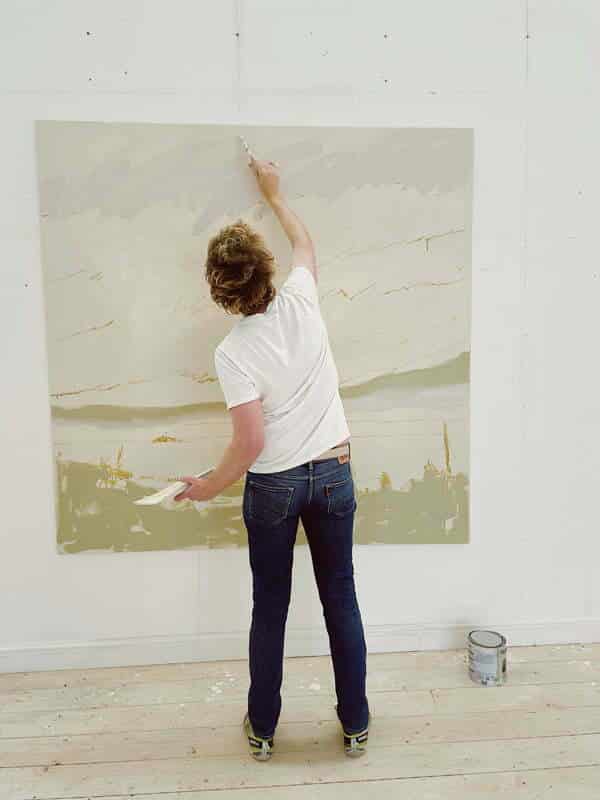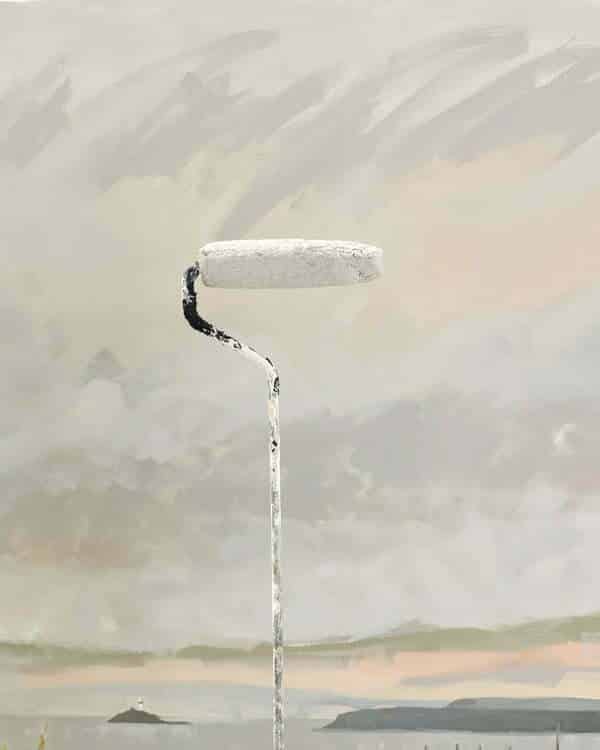New Still Life Peaches Acrylic Painting Course

Morning class, “Market Day Peaches”, my NEW Acrylic Still Life Painting Course, is now available.
This is the third project in my series of short courses inspired by morning paintings. All are easy to follow and completed in just a few 1hr painting sessions.
Each one follows the same approach.
- A single painting from start to finish.
- A limited colour palette.
- A handful of brushes.
- A small canvas.
- A simple subject.
- 4 x short lessons (under 45-minutes each)
Simple Impressionistic Brushstrokes
I recently came home from the local market with these amazing-tasting peaches and just dropped them in a bowl on the kitchen table, and they looked good enough to paint. The placement felt more casual, like a snapshot of everyday life, which inspired this painting.
In this third short course, I’ve taken all the principles of a traditional still life but kept the composition informal.
This subject has expanded from the first simple modern still-life painting course of a jug and three pears; we’re now introducing folded fabric, adding glass, a vase of flowers and a bowl.
We’ll cover the preparation of your surface & drawing out, mixing colour strings and blocking in.
So although we are expanding our horizons a little bit, the course has been designed with simple learning blocks—clear step-by-step instructions to keep you on track.
We’ll only use six colours, including white, and if you’ve been following some of my other courses, you will already have most, if not all, of the colours.
The focus of this piece is those beautiful colourful peaches, but I’ve designed the lessons so you approach them last.
We start with just two colours, looking at the subtle shifts between the cools and warms, building up the shadows and shapes so that when we get to the peaches, and you extend your palette, all of a sudden they’ll come together so real because you’ve spent the time doing all the supporting work up to that stage. (The counterintuitive approach for this painting is to spend more time with the first stages to balance our form and tones.)
So find a comfy seat, grab a brew and a biscuit and let’s get painting!
What’s in the Course?
- 1 x Market Day Peaches Still Life from start to finish, based in the studio working from a reference image.
- 4 x downloadable video lessons, split into separate chapters that follow sequentially. Step-by-step instructional videos so that you can follow along at your own pace.
- Each stage is a detailed yet easy-to-follow process.
- You have lifetime access, downloadable on separate devices.
- One-time payment
- Downloadable jpeg reference images & reference line drawings.
- Printable Class materials list
- Over 2.5+ hrs of detailed video instruction.
(You will need a printer or print shop for the reference image)




















